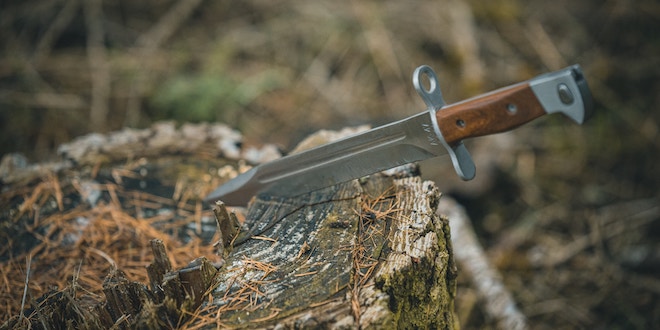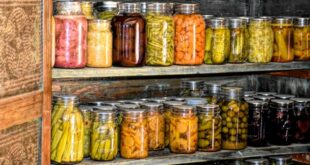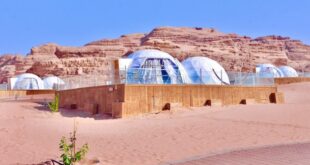Last Updated on September 8, 2023
Bushcraft is the art of thriving in the wilderness using traditional skills and knowledge. A reliable bushcraft knife is a multipurpose tool for outdoor tasks like wood processing, building a shelter, and even lighting a fire.
As the interest in self-reliance and nature-based activities grows, understanding the nuances of choosing the best bushcraft knife has become more important than ever.
This blog unravels the essence of bushcraft and the key features to look for in a bushcraft knife. Besides this, it will also cover various methods to test its effectiveness, and its distinction from a hunting knife.
The Essence of Bushcraft and the Vital Role of the Knife
Bushcraft encapsulates the wisdom and skills required to live off the grid by sourcing resources from nature. Popularized by experts like Ray Mears and Mors Kochanski, bushcraft allows for deep connections with the natural environment. A dependable bushcraft knife enables the execution of fundamental wilderness living skills like:
- Processing wood for shelter, fire, and tools.
- Carving items like bowls, spoons, and tent pegs.
- Chopping kindling and tinder for friction fire.
- Defense against wildlife if needed.
A good bushcraft knife is the most essential piece of equipment. It enables thriving by creatively using available natural resources. The right knife serves as a trustworthy companion in unpredictable situations.
Factors That Define the Best Bushcraft Knives
Several key factors differentiate an outstanding bushcraft knife from an average one. Consider the following aspects when evaluating some of the best bushcraft knives in order to have the best experience:
Blade Design
Steel type: The steel is arguably the most important component. High carbon steel offers excellent edge retention and sharpens easily but requires maintenance to prevent rust. Stainless steel provides corrosion resistance but may not get as sharp.
Many quality knives use a laminated combination with a high-carbon steel core for the edge and stainless steel sides for protection.
Thickness: For bushcraft tasks, a blade thickness between 2-4mm is ideal. Thinner blades excel at more precision work like carving and food prep. Thicker blades above 4mm work better for chopping and batoning. Around 3-4mm offers the best all-around performance.
Size: A blade length between 4-5 inches is optimal for versatility. Shorter blades under 4 inches allow more precision and control. Longer blades above 5 inches provide more chopping power but less finesse.
Grind: Scandi or flat grinds with gentle conveying along the edges are superb for bushcraft tasks. They slice efficiently while still being robust.
Edge: A fine, sharp edge is essential for effortless cutting, but not too delicate that it chips easily. A balance between strength and sharpness brings the best results.
Handle
Material: Handles made from high-friction materials like wood, micarta, g10, and some polymers provide a secure, grippy hold even when wet. Smooth materials like metal or plastic can be slippery.
Shape: An ergonomic handle contoured to fit the hand both securely and comfortably enables prolonged use without hand fatigue or blisters.
Tang: A full tang that extends through the handle offers maximum durability and control when batoning or chopping. Partial tangs can still perform well but are better suited for lighter tasks.
Balance
The overall balance between the blade thickness, handle size, and weight creates a sense of harmony in use. With ideal balance, the knife feels agile and capable whether carving or chopping.
Testing a Bushcraft Knife Before Relying on It
Rigorously test a new bushcraft knife to ensure it meets expectations before depending on it in the wild. Key aspects to examine:
- Sharpness: Assess sharpness out of the box and edge retention through sustained use.
- Durability: Baton and strike the spine with wood to check strength. Stress the tang if full tang.
- Versatility: Execute various tasks like feathering, scraping, and carving to evaluate performance.
- Comfort: Test ergonomics with prolonged use for blisters, hotspots, and hand fatigue.
Don’t assume a knife will perform well based on brand reputation alone. Personally testing it instills confidence in its capabilities.
Distinction Between Bushcraft and Hunting Knives
While bushcraft and hunting knives share similarities, their intended purpose differs in a few key ways:
Purpose: Bushcraft knives are optimized for various wilderness living tasks like building shelters, making fires, carving tools and utensils, and preparing food. Hunting knives are specialized for field-dressing games.
Blade shape: Bushcraft knives generally have straight edges or flat spines ideal for woodworking tasks. Hunting knives have curved blade bellies to easily skin animals.
Size: Bushcraft knives commonly range from 3-5 inches which provides enough length for light chopping while still allowing precision work. Hunting knives trend larger around 6-8 inches for quicker and deeper skinning cuts.
Strength: Bushcraft knives need enough thickness and stability for batoning moderate-sized logs and branches. Hunting knives require thinner, dexterous blades that provide surgical precision when skinning.
While a hunting knife can still perform many bushcraft tasks reasonably well, and vice versa, choosing a knife tailored specifically for the intended use will offer the best overall performance and experience.
Frequently Asked Questions
- Are Mora knives good for bushcraft?
Yes, Mora knives are excellent quality bushcraft knives. The carbon steel maintains a keen edge, the sharp edges slice efficiently, and the ergonomic handles provide outstanding control for wood tasks.
- Should you carry a knife sharpener in the field?
Absolutely. A portable knife sharpener like a whetstone ensures you can quickly rejuvenate a dull edge while out in the wilderness. Natural stones may be difficult to find and use.
- What thickness is optimal for a bushcraft knife blade?
Around 3-4mm is ideal for a versatile bushcraft knife. This provides the heft for moderate chopping while still allowing finesse and precision for carving tasks.
Key Takeaway
To wrap up, bushcraft knives are indispensable tools for the outdoors. Their versatility shines through in activities like carving, building shelters, and preparing food. These knives embody practicality, aiding in crafting, cutting, and protection during outdoor escapades.
Whether it’s whittling tools or fending off challenges, bushcraft knives are reliable companions. Remember, mastering their uses through practice is key to harnessing their full potential in the wild.
Getting the right bushcraft knife can make or break your wilderness experience. By understanding key selection criteria and testing knives thoroughly, you gain a dependable companion to thrive off the grid. So, in your next adventure, trust these knives to be your steadfast allies, helping you conquer the intricacies of nature with confidence. So what knife will you add to your bushcraft gear?
 Travel for Food Hub The Food Blog for Travel Lovers
Travel for Food Hub The Food Blog for Travel Lovers















